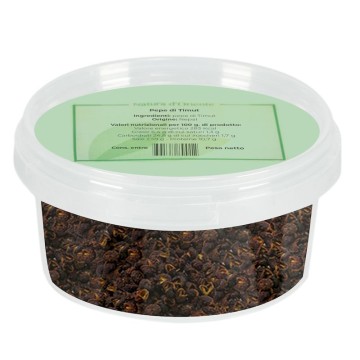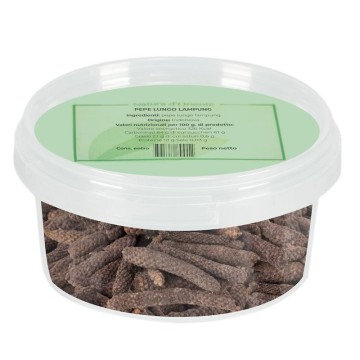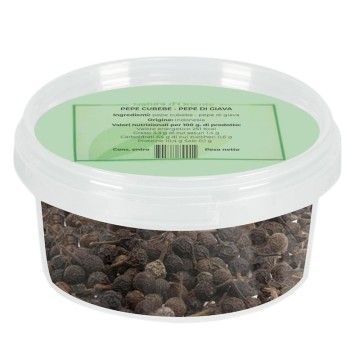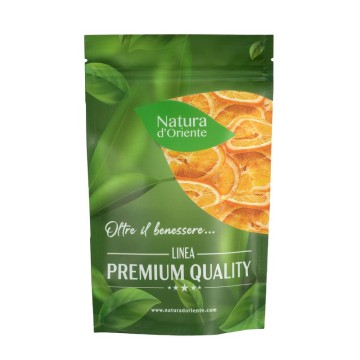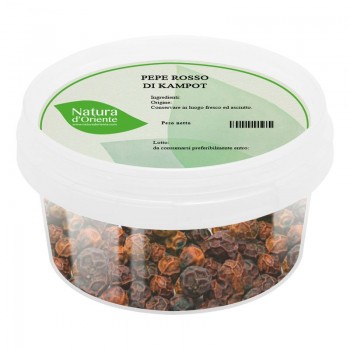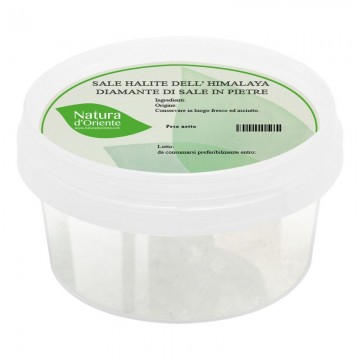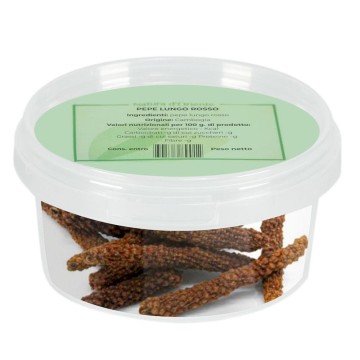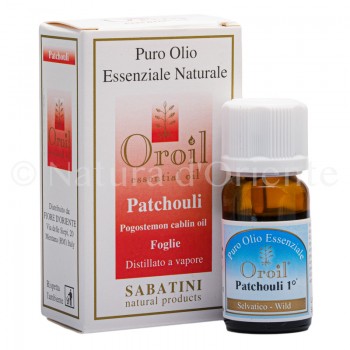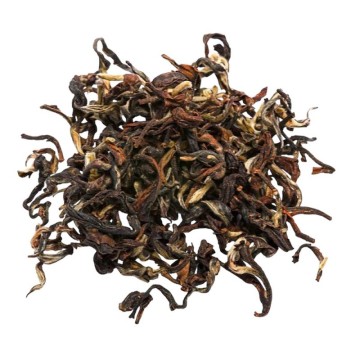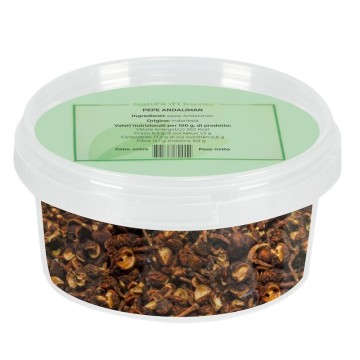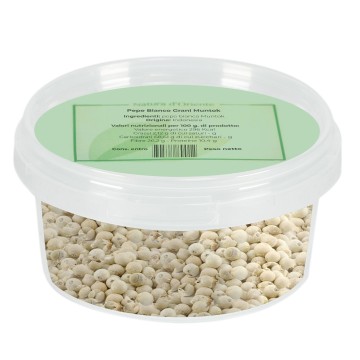Timut pepper
The olfactory component of Timut pepper is by far its added value, a true explosion of citrus notes reminiscent of grapefruit that stands out unmistakably but also lime and passion fruit. Excellent on fish in general, on shellfish and on lobster in particular. To be used crushed and not ground. It is a particular pepper, obtained from the peel of the berry, with tasteless seeds.
Ingredients:
Timut pepper

